Meet author Karen Whiting
 Karen Whiting writes to help families thrive and pray together to build strong bonds. A mom of five and grandmother, she enjoys adventure like camel riding in the Canary Islands, white water rafting in Australia, and scuba diving off Bermuda’s coast. She’s a certified writing and marketing coach, international speaker, former television host, and author of twenty-eight books.
Karen Whiting writes to help families thrive and pray together to build strong bonds. A mom of five and grandmother, she enjoys adventure like camel riding in the Canary Islands, white water rafting in Australia, and scuba diving off Bermuda’s coast. She’s a certified writing and marketing coach, international speaker, former television host, and author of twenty-eight books.
Tell us about your newest book.
52 Weekly Devotions for Family Prayer provides tools to pray together and explore elements of prayer. Every week includes a different way to pray with children, hands on activities to investigate questions children ask about prayer, a contemporary story involving prayer, a Bible story to read that focuses on prayer, scripture prompts to chat about prayer, and ideas to write about in a prayer journal.
What inspired you to write 52 Weekly Devotions for Family Prayer?
As a family my husband and I prayed with our children and that brought us closer together. I wanted to share the value and ideas on prayer with other families. Praying together equips a family for life.
How would you describe this book to someone in a 30-second blurb?
Want to create a great family prayer life? Then try this book that’s packed with stories of contemporary families, fifty-two exciting ways to pray together, hands-on activities that help children understand basic principles of prayer, and discussions that encourage you to dig into what happens when we pray.
What genre do you focus on?
Nonfiction. It provides a simple way for me to share lots of create ideas that are easy to apply.
Why do you write?
I write because God gave me a vision followed my someone giving me a painting of the vision. The passion to help families thrive and engage with God drives me to write.
What is your work schedule like when you’re writing a book?
My schedule when I write a book, market, or write articles is the same. I write all day five days a week unless I am speaking or have appointments/family events.
What is the hardest part of being an author?
Balancing the desire to write with the need to market plus the pressure within the industry that we have good sales.
What’s the best part of your author’s life?
The best part is meeting people and impacting their lives in a positive way. I love engaging with people and sharing what God puts in my heart.
What’s one unusual fact about you?
I have five children and fourteen grands who are loving and supportive of one another.
How have you changed or grown as a writer?
I have continually studied writing and marketing so that continues to help me grow as a writer.
What is your favorite pastime?
Being with family.
Do you have other books? We’d love to know.
I have 27 other books.
Watch for my next two books: Devos for Brave Boys
The Super-sized Book of Bible Gift Crafts (paper crafts that focus on kindness and encouragement written with my older daughter).
What are you working on now?
Two recently contracted books and starting a podcast with Michelle Medlock Adams.
Website: www.karenwhiting.com
Meet author Gail Kittleson
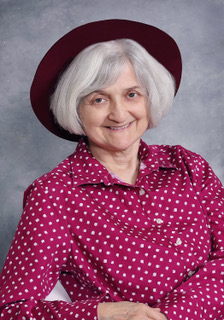
Gail and her retired Army chaplain husband enjoy grandchildren, gardening, and learning about history. She writes World War II women’s fiction, memoir, and non-fiction. No matter how dire the circumstances, you can count on her make-do heroines and heroes to discover new strength and move forward in faith. Facilitating workshops and retreats gives Gail opportunity to cheerlead other writers (she misses instructing college writing classes), and editing other author’s work authors also brings unique satisfaction.
Tell us about your newest book. Land That I Love.
Everett Herring, a British teacher who lost his wife and his home in a tragic fire, moves to the United States in 1938. Having decided to earn his living caring for an orchard, a skill his grandfather taught him, he and William, his butler, bring Everett’s young son to Loyal Valley, an obscure small town in Texas Hill Country. As they observe world events leading to a terrible war, we see its far-reaching effects on the local populace.
What inspired you to write Land That I Love?
For some reason, Texas had been on my mind—at least in my experience, we can’t always explain these things! The more I read about the Hill Country, quite an isolated area northwest of San Antonio, the more I felt it was perfect for Everett, a British immigrant in 1938. Everett made his appearance during 2020—perhaps the Covid isolation prompted him to show up.
How would you describe this book to someone in a 30-second blurb?
The ravages of World War II spread near and far, but the foundation of family and solid friendships eased the misery it caused.
What genre do you focus on?
Women’s historical fiction. I actually aim for literary fiction, since it’s my favorite to read, but hesitate to claim that genre.
Why do you write?
Part of my motivation is that I got such a late start. I love the process, even though it’s exhausting, but was slow to begin because I never imagined I could write good fiction. Discovering that I readers do like my stories motivated me to continue, and through it all, my goal is to honor the make-do folks of the Greatest Generation.
What is your work schedule like when you’re writing a book?
A bit crazy. I’m a true writing addict, so I get going and sometimes forget to eat. Nothing else matters during these binges—housework, cooking, or whatever else is going on around me. I have no set schedule, just write and write and write, then rewrite, rewrite and rewrite, and finally, edit and edit and edit.
What’s the best part of your author’s life?
I think the writing itself—I just love writing! Also, hearing readers’ comments makes my day or week or month, at times. I especially like hearing that I didn’t give my characters any “easy outs” or pat answers. People appreciate down-to-earth heroines and heroes who conquer obstacles even without being given any “breaks,” because that’s where most of us live. We may be people of faith, but that doesn’t necessarily make our everyday lives any easier.
What’s one unusual fact about you?
I seem to approach things in a backhanded way. This has always been true of me, I think—I remember Mom saying, “You deal the cards with the wrong hand.” As an adult, my methods probably might seem peculiar to others, as if my brain were processing the opposite of most people’s. But it works for me.
How have you changed or grown as a writer?
Whoo boy! I’ve become resigned to the inevitable presence of errors, for one thing. No matter how many times I edit a manuscript, a few ALWAYS slip through. I’ve also learned to self-edit, and even enjoy the process. Sometimes I think I delete more words than I write. Lastly, I’ve come to value the final creation as worthy. This took a long time, since I began with the belief that I really had very little to offer.
Do you have other books? We’d love to know.
Yes, you can see them all on my website. My first three books, In Times Like These, With Each New Dawn, and A Purpose True form a series, although they can each be read as stand-alones. My other single titles: All For The Cause, Kiss Me Once Again and Until Then, are about World War II. Secondhand Sunsets is an aberration, telling the story of a pioneer woman in Arizona Territory. Two nonfiction releases, The Food That Held The World Together and A WWII Holiday Scrapbook, were co-written with Cleo Lampos. I co-wrote Country Music’s Hidden Gem with Billy Rae Stewart, the son of Redd Stewart, who wrote the lyrics to The Tennessee Waltz.
What are you working on now?
I have a cozy WWII mystery in the works.
Website: http://www.gailkittleson.com
Social media links:
http://www.gailkittleson.com/
www.facebook.com/GailKittlesonAuthor
http://amazon.com/author/gailkittleson
www.twitter.com/GailGkittleson @GailGkittleson
@gailkittlesonauthor (Instagram)
Meet author Kathy Harris
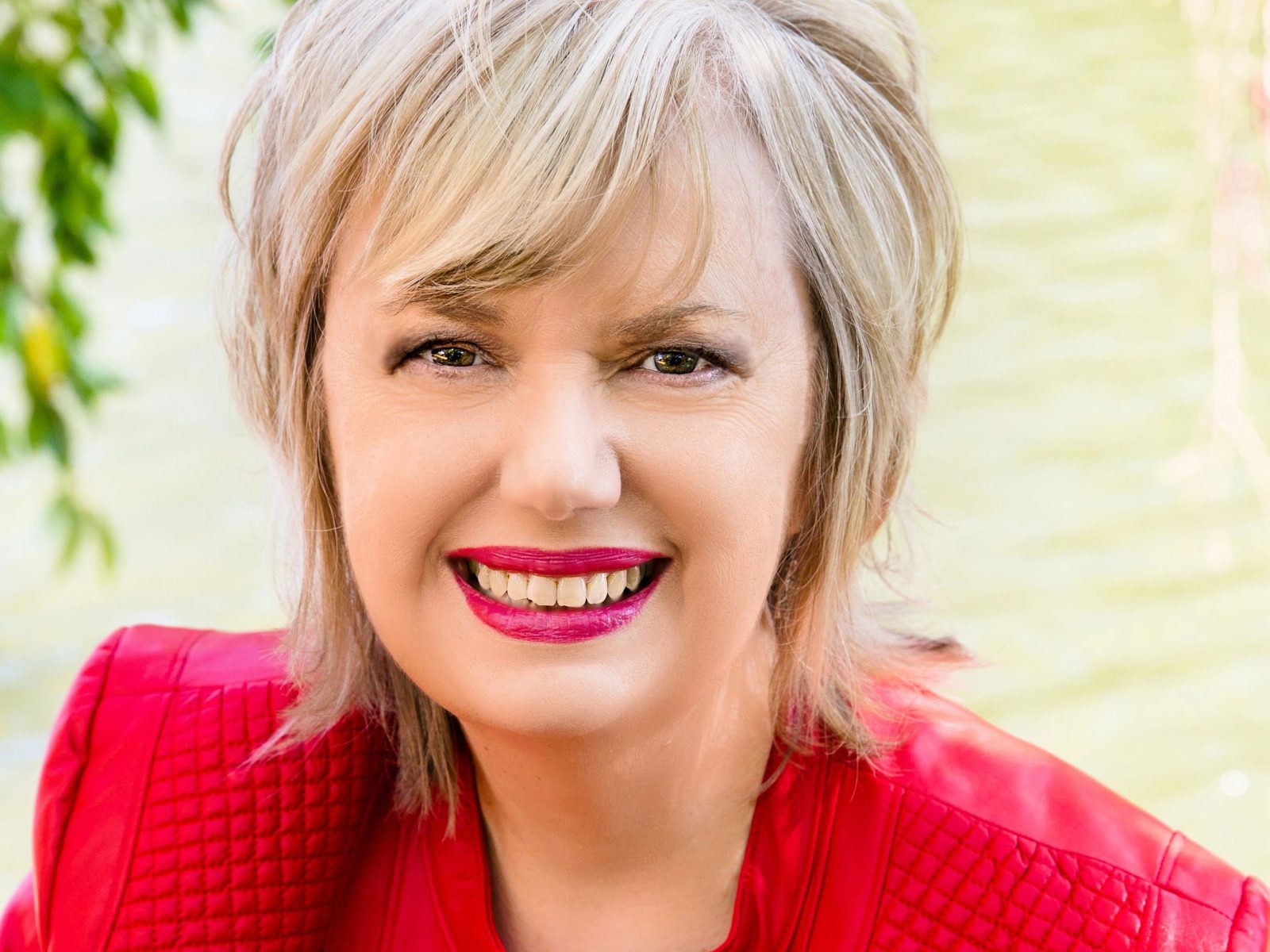
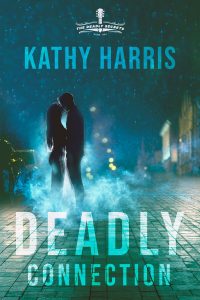 Kathy Harris has worked as a marketing director in the Nashville music industry for more than 30 years. Her first professional writing job was freelancing entertainer biographies. Later she wrote news stories and columns for various music publications. She has also contributed to several anthologies. Her debut novel was released by Abingdon Press in 2012. Deadly Connection, the second book in The Deadly Secrets series, just released.
Kathy Harris has worked as a marketing director in the Nashville music industry for more than 30 years. Her first professional writing job was freelancing entertainer biographies. Later she wrote news stories and columns for various music publications. She has also contributed to several anthologies. Her debut novel was released by Abingdon Press in 2012. Deadly Connection, the second book in The Deadly Secrets series, just released.
Tell us about your newest book.
After fending off a would-be abductor, 27-year-old singer-songwriter Hannah Cassidy hides behind a car in the half-empty parking lot behind Pancake Pantry in Nashville. From there, she watches in horror as her attacker grabs another woman and pushes her into a nearby car. Within seconds, the vehicle speeds away.
TBI Special Agent Jake Matheson may have planned a quiet day off and a date with Shannon―the only name her online profile revealed―for an introductory lunch, but after pulling into a parking space on 21st Avenue South, he hears a scream and finds a frightened young woman gasping for breath. Thrown together by uncanny circumstances and driven by the whys and what-ifs of secrets yet to be revealed, Hannah and Jake set out to find the connection between them before it becomes deadly.
What inspired you to write Deadly Connection?
It’s the second book of my romantic suspense series set in Nashville with heroes who are Special Agents with the Tennessee Bureau of Investigation.
How would you describe this book to someone in a 30-second blurb?
Singer-songwriter Hannah Cassidy and TBI Special Agent Jake Matheson are thrown together by uncanny circumstances. Will they uncover the secrets between them before it becomes deadly?
What genre do you focus on?
Romantic Suspense. It’s one of my favorite genres to read.
Why do you write?
I’ve wanted to write books since I was a young girl in elementary school. I followed up on that dream by majoring in journalism, and minoring in English, in college. After receiving my B.S. in Communications from Southern Illinois University, I moved to Nashville to take a ground floor job in the music industry. But a writer writes… and I finally got around to finishing a manuscript in the early 2000s.
I was motivated to keep writing, and to hone my craft, by other writers I met through American Christian Fiction Writers. Those early friendships are now longtime and treasured friendships. Ultimately, however, I am motivated by wanting to encourage others in the faithfulness of God.
Who is your main character, and how did you choose that name?
Hannah Cassidy is the heroine in Deadly Connection. She is an up-and-coming singer-songwriter, who is talented, beautiful and vivacious. But it’s Hannah’s never-say-die attitude that makes her the most attractive to Jake Matheson, a Special Agent with the Tennessee Bureau of Investigation.
Character names are important to me, and it’s somewhat unexplainable how I choose them. However, until I can settle on the right name, I can’t write the character.
What is your work schedule like when you’re writing a book?
This book was an anomaly for me. I wrote it in three months, while working my full-time job. It was a busy three months. I wrote till 1 or 2 a.m. many nights.
What is the hardest part of being an author?
There are a lot of hard parts to writing… staying in the seat, staying focused, and believing in your ability to complete the task.
What’s the best part of your author’s life?
The creative process. There’s something incredibly satisfying about storytelling. When I finished my manuscript for Deadly Connection, I thought about this quote from Joseph S. Bonsall’s book From My Perspective: “The creative process. Something that exists today that was not here yesterday. A song. A book. A rebuilt kitchen countertop, or even a new recipe for scampi.”
What is your favorite pastime?
I’ve always loved cooking. And, because I’ve spent so much time at home in the last year, I’ve had time for gardening, which has become a passion. A friend and I are working on a food blog to combine those two things.
Do you have other books? We’d love to know.
My first published novel was a Christian women’s fiction standalone entitled The Road to Mercy. It was the book of my heart, at least at that time, and was based on a traumatic event I witnessed in childhood.
What are you working on now?
Deadly Conclusion, Book 3 in The Deadly Secrets series. It’s set to release in Spring 2022.
Website:
Link to book:
Social media links:
Facebook https://www.facebook.com/KathyHarrisAuthor
Twitter https://twitter.com/divinedetour
Instagram https://www.instagram.com/kathyharris_author/
Casa Blanca, New York
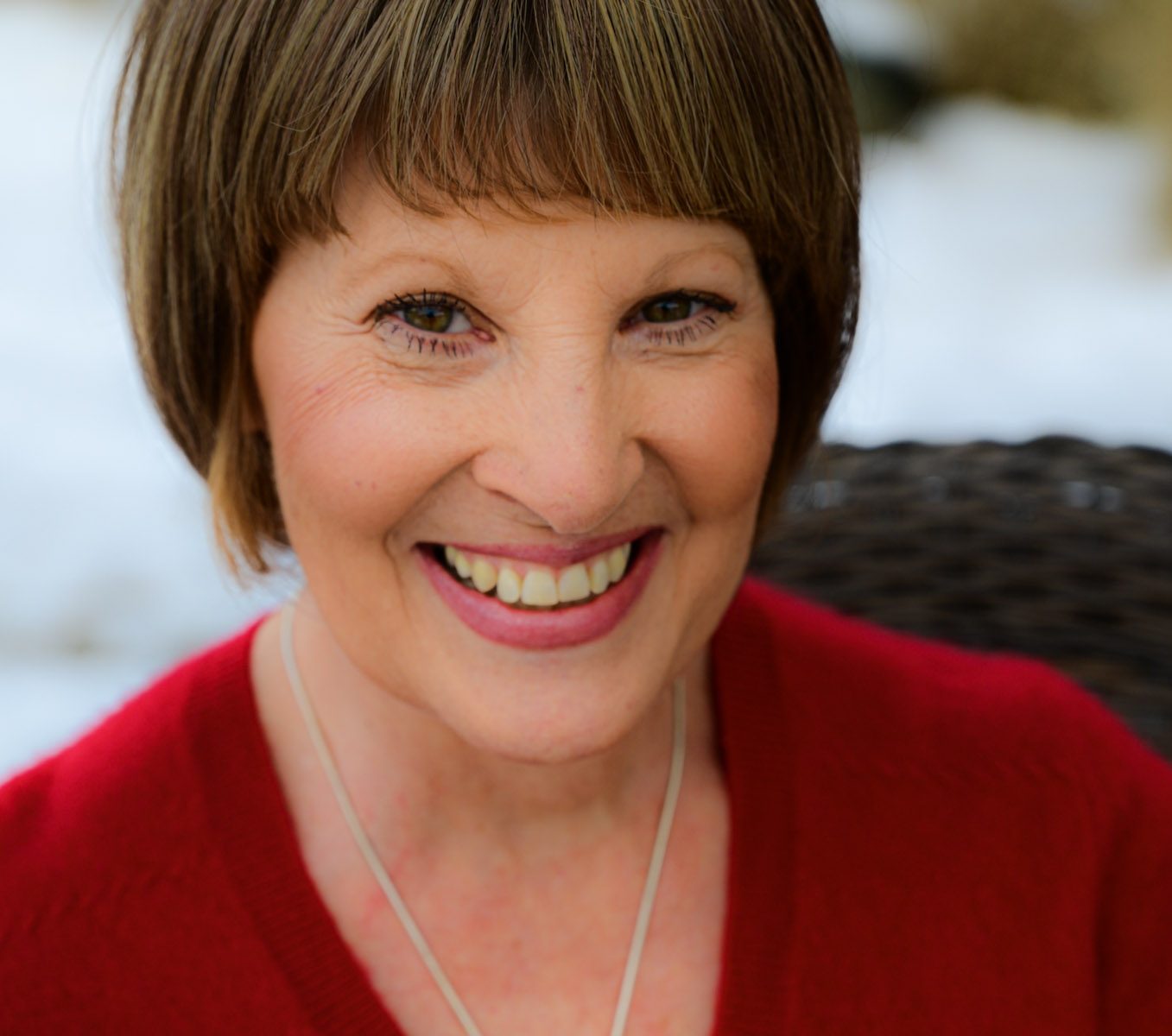
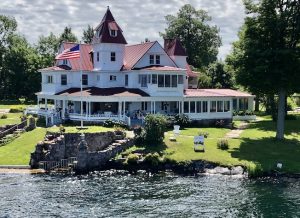 The wonderful white summer home, Casa Blanca, is one of the most well-preserved Gilded Age cottages along “Millionaire’s Row” in the Thousand Islands and the setting for my latest novella, Reagan’s Reward. Set on the downriver tip of Cherry Island, just off the mainland shore near Alexandria Bay, NY, this white house is one of the most photographed and touted mansions on the river.
The wonderful white summer home, Casa Blanca, is one of the most well-preserved Gilded Age cottages along “Millionaire’s Row” in the Thousand Islands and the setting for my latest novella, Reagan’s Reward. Set on the downriver tip of Cherry Island, just off the mainland shore near Alexandria Bay, NY, this white house is one of the most photographed and touted mansions on the river.
In 1880, Emily and Albert Pullman built the original Melrose Lodge. Then in 1897, Luis Marx bought it for $3,500. This American businessman owned tobacco and sugar plantations in Cuba. He and his wife, Eugenia, renovated and enlarged the small lodge into a three-story, twenty-five-room palatial mansion. The wrap-around veranda captures the main channel sights of passing ships and boats, spectacular sunsets, and views of other islands. Marx even installed a grand electric fountain on the front lawn that had been featured in the Chicago World’s Fair, and many enjoyed passing by the island to see it.
Work on the mansion was finished just in time for their daughter’s wedding. On June 30, 1899, Mary and Henry Bernheim were married on the island. Unfortunately, after only five years, Eugenia died at Casa Blanca in 1902. The Bernheims continued to summer on the island, with frequent visits from Luis Marx, until it was sold in 1926.
The current owners saved the deteriorating Casa Blanca from destruction in 1962. They restored and renovated the mansion to its original grandeur, right down to the teaspoons and stained-glass transoms.
The house is a Gilded Age living museum with everything like it was nearly one hundred years ago. The reception hall/living room has pressed tin ceilings and side walls. Two player pianos and a pump organ, bentwood Thonet furniture from Vienna and Fostoria glass, a collection of blue and white Meissen china and the butler’s pull station, take visitors back to the early 1900s. The paneled staircase has a stained-glass window at the landing, with a scene depicting pheasants on the river in the morning light. On the second floor are four master suites with a total of thirteen bedrooms and screened sleeping porch. The third floor, originally the servants’ quarters, hosts several bedrooms, a bath, and a plethora of antique toys, quilts, and more. The home can sleep twenty-eight. Moreover, there are several outbuildings, including a Laundry House, Ice House, and the Boat House that has an entire apartment on the second floor and houses a fleet of boats.
The family enjoys summering here and welcomes frequent guest, including me. It’s been opened to the public for fund-raising tours, teas, and weddings to benefit the Thousand Islands community. The mansion was even featured on Sweet Retreats. https://www.youtube.com/watch?v=Bpl76DswmRM&t=60s
Meet author Denise Weimer
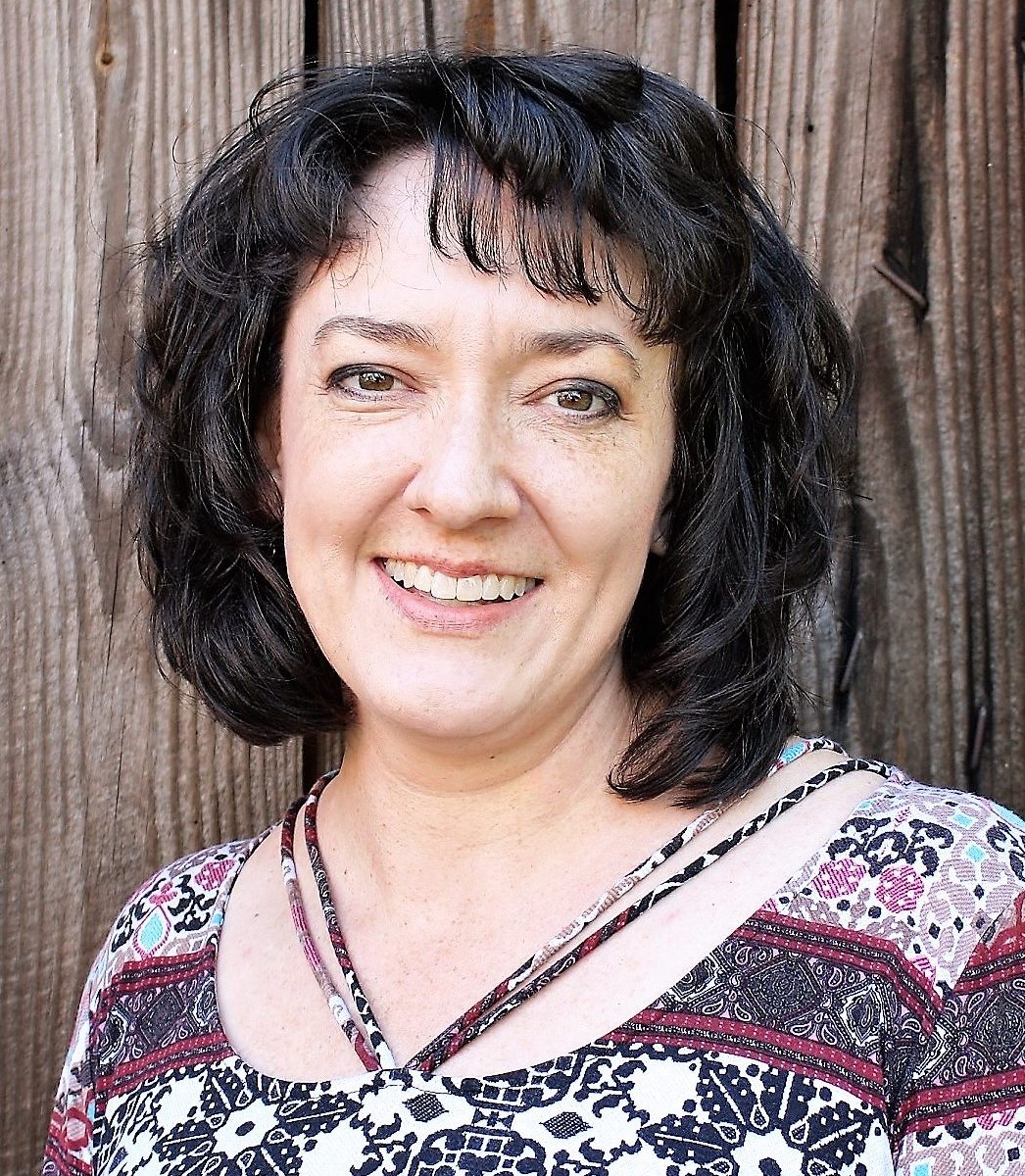
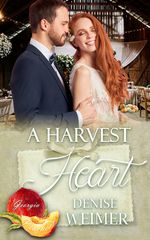 Denise Weimer writes historical and contemporary romance and romantic suspense, mostly set in her home state of Georgia. She’s authored a dozen traditionally published novels and a number of novellas. An editor, wife, and mother of two daughters, Denise always pauses for coffee, chocolate, and old houses.
Denise Weimer writes historical and contemporary romance and romantic suspense, mostly set in her home state of Georgia. She’s authored a dozen traditionally published novels and a number of novellas. An editor, wife, and mother of two daughters, Denise always pauses for coffee, chocolate, and old houses.
What inspired you to write A Harvest Heart?
The novella is #16 in The Georgia Peaches Series, faith-based contemporary romances all set in Georgia.
Tell us about your newest book.
Hope Richardson is good at just that—hoping. Problem is, she’s often disappointed—by fathers who die, boyfriends who ghost her, and promotion at her event planning firm. It’s her twin sister, Faith, for whom things work out. When Faith’s fiancé lands an out-of-town job, Hope is called home to plan a wedding in the Georgia foothills … and jumpstart the tea room Faith was supposed to run with their mother.
Of all the people to make the first reservation for his family farm’s new event barn, Tucker Bradshaw least expects Hope Richardson. She might’ve rebound-dated him their senior year of high school, but she was all too eager to run back to the star football player in college. Always wanting something bigger and better than their hometown of Clarkesville. Than him.
Her sister’s wedding plans land Hope in the midst of the opening season for Tucker’s corn maze. When a harvest romance reignites, Hope searches for the faith to finally live up to her name.
How would you describe this book to someone in a 30-second blurb?
A pumpkin farm, a tea room, Friday night football, and a second-chance romance with an old high school flame—what’s not to love about this autumn novella?
Who is your main character, and how did you choose that name?
Since the MC is a twin, I wanted to pick likely twin names without too much alliteration. The names Hope and Faith reflect the girls’ characters. Hope has experienced so many disappointments in life, she assumes she deserves to be last on any list. When the breakthrough she’s been waiting for doesn’t look like she expects, she risks missing the blessings God has for her. She has to draw on the faith she’s shoved aside to rekindle hope for her future.
What is your work schedule like when you’re writing a book?
I write from my home office while my husband is at work. After breakfast and devotions, I usually check email and take care of smaller business, then set to writing around mid-morning. I break for lunch and continue into the afternoon, usually grabbing a cup of tea around two.
What is the hardest part of being an author?
Gaining marketing and sales traction in today’s industry where everyone can establish a platform and publish a book. There are so many great authors out there.
What’s the best part of your author’s life?
Two things come to mind … that moment when I know I’ve written a scene in a way that pleases the Lord … and when a reader shares that her life has been positively impacted by something I’ve written. Those moments make all the hard work and long periods of waiting feel worthwhile.
How have you changed or grown as a writer?
I usually answer this question by pointing to how my training and experience as a professional editor has sharpened my writing. And that’s true. But I’d also say maturity has focused it. When I was a teen and in my twenties, I was content to write romances about pretty young girls in pretty gowns who fall in love with Prince Charming. Now I weave deeper themes into my stories—even the fun, Hallmark-style ones—whether it’s a character who fights perfectionism or insecurity or needs healing from an old wound. As our world grows more contentious, I find it harder and harder to write about surface issues. And I realize more and more how pointless it is to pen a story unless it’s God-inspired.
Do you have other books?
We’d love to know. Yes! My most recent historical, Bent Tree Bride, released this spring, set on the Southern frontier during The War of 1812. I write everything from fun and fluffy contemporary romances to deeper, gripping stories of action, character transformation, and redemption. Check them all out at https://www.deniseweimerbooks.com.
What are you working on now?
My WIP is a novella for a collection set among the Gilded Age hotels of Florida. Here’s a short blurb: Ellie Hastings finds detective novels superior to real life—until encountering a diamond theft and an intriguing inventor, Lewis Thornton, while investigating bachelors for her cousin. Her bungling attempts to interpret the clues only prove that magic and romance will have their way at the White Queen on the Gulf.
Website: https://www.deniseweimerbooks.com
Link to book:
Social media links: Monthly Newsletter Sign-up
Meet author Carole Towriss
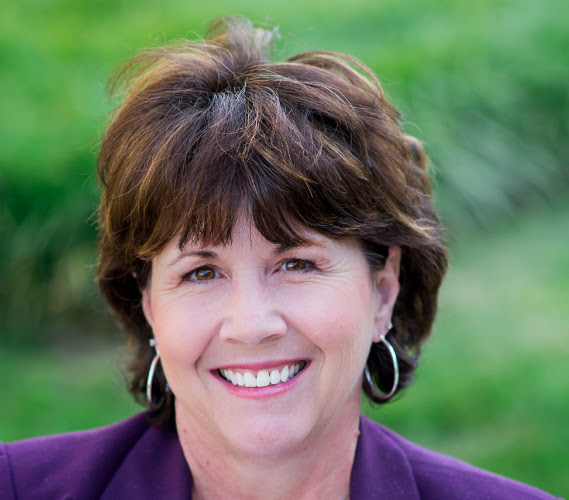
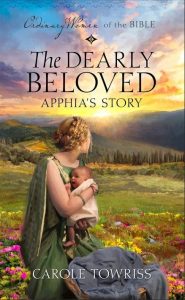 An unapologetic Californian, Carole Towriss now lives just north of Washington, DC. She loves her husband, her four children, the beach, and tacos, though not always in that order. In addition to writing, she binge-watches British crime dramas and does the dishes for the fourth time in one day.
An unapologetic Californian, Carole Towriss now lives just north of Washington, DC. She loves her husband, her four children, the beach, and tacos, though not always in that order. In addition to writing, she binge-watches British crime dramas and does the dishes for the fourth time in one day.
Tell us about your newest book.
The Dearly Beloved is book #24, the last book in Guideposts’ “Ordinary Women of the Bible” series. The series is 24 books written by 17 amazing biblical fiction authors.
What inspired you to write The Dearly Beloved?
The practice of abandoning babies was common in ancient Greece and Rome. Many were girls since boys were so heavily favored. They were known as expositi – exposed ones. Nearly all of them were taken in as free slaves by the poorer residents of the city, but I wanted to explore what might happen if one were taken in as a daughter.
How would you describe this book to someone in a 30-second blurb?
A young widow, Apphia’s life changes the day she finds a precious exposita—an abandoned baby girl—on the steps of the temple. She names her Kalyani. But Kalyani is only three when Apphia’s brother declares that the child is his slave, as Apphia cannot legally adopt her. Apphia flees with Kalyani to Kolossai where they are welcomed by a house church and treated as family. She becomes a follower of the Way, but still fears that her brother may one day locate them. Can she trust the church to protect her? Or will her brother’s greed steal away her daughter and the happiness they have found?
What genre do you focus on?
I write biblical fiction. People learn and remember stories more than lessons and sermons. Jesus taught by telling stories.
Why do you write?
I write about people in the Bible who are consider “minor characters” – not the Davids and Esthers but the people who are unknown to most – some who aren’t even named. I like to look at the common Bible stories from a different perspective.
Who is your main character, and how did you choose that name?
I had no choice! The Dearly Beloved is the story of Apphia, who is mentioned only once in Scripture, in a greeting in the letter to Philemon, where Paul addresses her as “the beloved Apphia.”
What is your work schedule like when you’re writing a book?
I try to do as much research before I start as I can, though I still end up doing a good amount as I write. Then I try to write 1000 words a day.
What’s the best part of your author’s life?
The best part is when a reader tells me my story touched them, drove them to seek God. That’s why we write as Christians, isn’t it? To draw people closer to God.
What is your favorite pastime?
Watching British crime mysteries. Especially the ones set in the past. I love the history of it.
Do you have other books? We’d love to know.
I have six books I published independently, and two others I wrote for Guideposts.
What are you working on now?
I’m currently writing book #2 of my “Planting Faith” series. These books follow Paul in the various cities he visited. The first was set in Philippi and features the slave girl whom Paul delivered from a spirit of prophecy, and the jailer whom Paul led to Christ after the earthquake. This one is set in Thessalonica and is about one of the “prominent women” who came to faith, and Jason, Paul’s host during his visit.
Website: caroletowriss.com
Link to book: https://www.shopguideposts.org/fiction-books/biblical-fiction/ordinary-women-bible.html
Social media links: Twitter: https://twitter.com/caroletowriss
Facebook: https://www.facebook.com/NovelistCaroleTowriss
Pinterest: http://www.pinterest.com/ctowriss
Email: carole@caroletowriss.com
Instagram: https://www.instagram.com/caroletowriss
Amazon Author page: http://www.amazon.com/Carole-Towriss/e/B009ZVHM8I/
